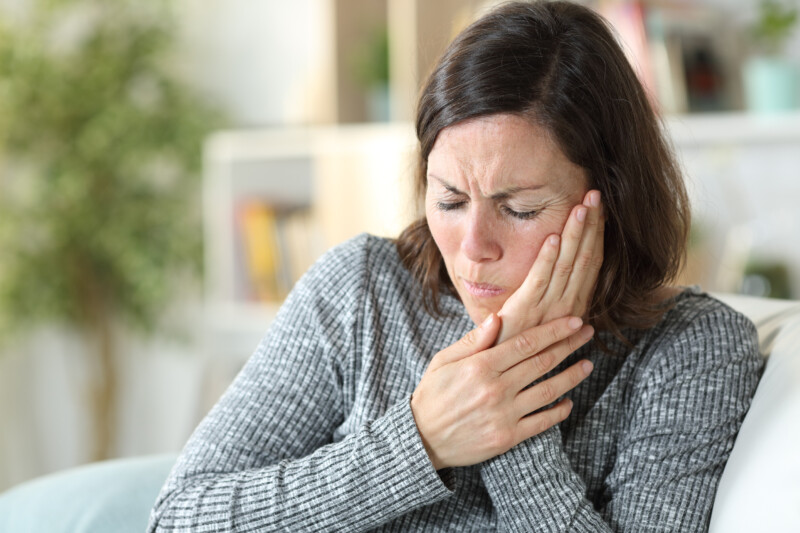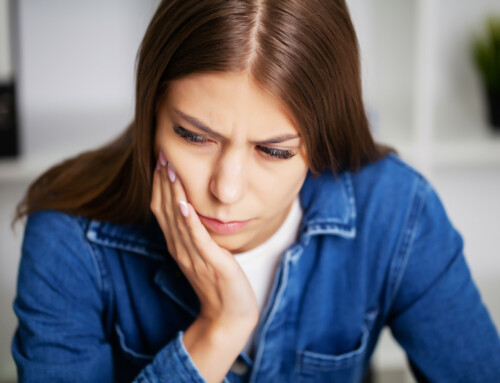Aka dysfunction of the temporomandibular joint. This occurs when there is an injury to the joint or to the surrounding tissue (muscles and ligaments). It could be an acute or chronic issue, and the pain range varies from mild to severe. It can affect an individual’s ability to talk, eat and chew.
Prevalence:
– Between 5% -12% of the population
– More common in younger individuals
– At least x 2 more common in women compared to men
TMJ anatomy:
The temporomandibular joint (TMJ) is a joint that connects the mandible (more specifically the mandibular condyle) and the articular fossa of the temporal bone. A fibrous articular disc is located in between both bones. It allows for stress absorption and distribution during jaw activation. Movements that occur at the TMJ include protrusion, retraction, lateral deviation, elevation and depression.
Muscles around the TMJ:
Muscles around the TMJ play a role in elevating, protruding, depressing, and laterally deviating the mandible. Muscles of mastication include the masseter, temporalis, medial and lateral pterygoids. Accessory muscles include the suprahyoid and infrahyoid muscles.
TMJ Causes:
– Trauma (accident, long dental procedures …)
– Clenching
– Tooth grinding
– Abnormal posture
– Fingernail biting
– Disc dislocation
– Improper bite
TMJ Symptoms:
– Jaw pain
– Joint sounds
– Pain with chewing
– Difficulty opening the mouth and overall decreased ROM
– Shifting of the jaw with opening
– Headaches
– Neck pain
– Lockjaw (when the jaw gets “stuck”)
How can Physical Therapy help TMJ?
After a thorough evaluation, a physical therapist will determine if the cause of the TMJ disorder is related to soft tissue or joint dysfunction, or both. PT helps decrease pain and headaches, improve postural awareness, restore range of motion of the thoracic/ cervical spine and jaw function. Physical therapy treatment includes joint mobilization, soft tissue mobilization, modalities, therapeutic exercise, and patient education on stress management, tongue resting position, and proper posture.
References:
1- Petscavage-Thomas JM, Walker EA. Unlocking the Jaw: Advanced Imaging of the Temporomandibular Joint Read More: https://www.ajronline.org/doi/full/10.2214/AJR.13.12177Unlocking the Jaw: Advanced Imaging of the Temporomandibular Joint . American Journal of Roentgenology. https://www.ajronline.org/doi/full/10.2214/AJR.13.12177. Accessed March 29, 2023.
2- Prevalence of TMJD and its signs and symptoms. National Institute of Dental and Craniofacial Research. https://www.nidcr.nih.gov/research/data-statistics/facial-pain/prevalence#:~:text=The%20prevalence%20of%20temporomandibular%20joint,are%20higher%20among%20younger%20persons. Accessed March 29, 2023.
3- Temporomandibular Joint (TMJ) disorders: Symptoms, treatment & prevention. Cleveland Clinic. https://my.clevelandclinic.org/health/diseases/15066-temporomandibular-disorders-tmd-overview. Accessed March 29, 2023.






